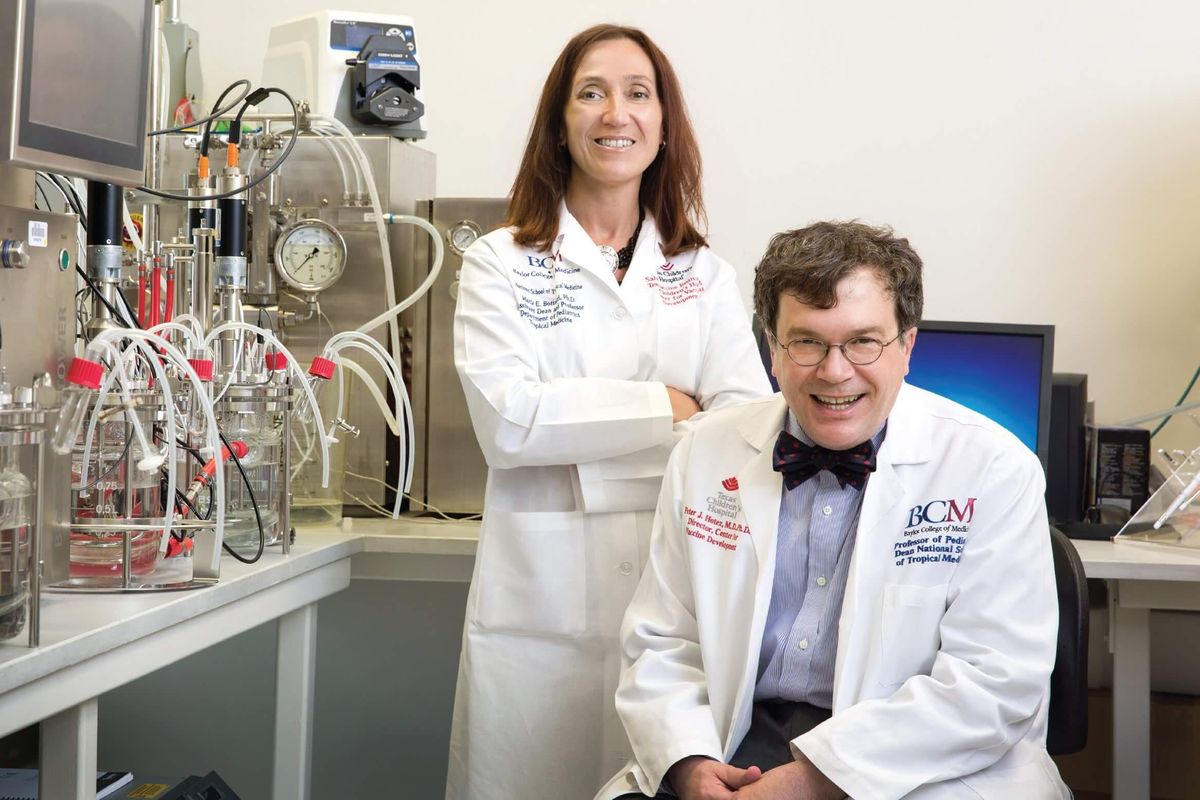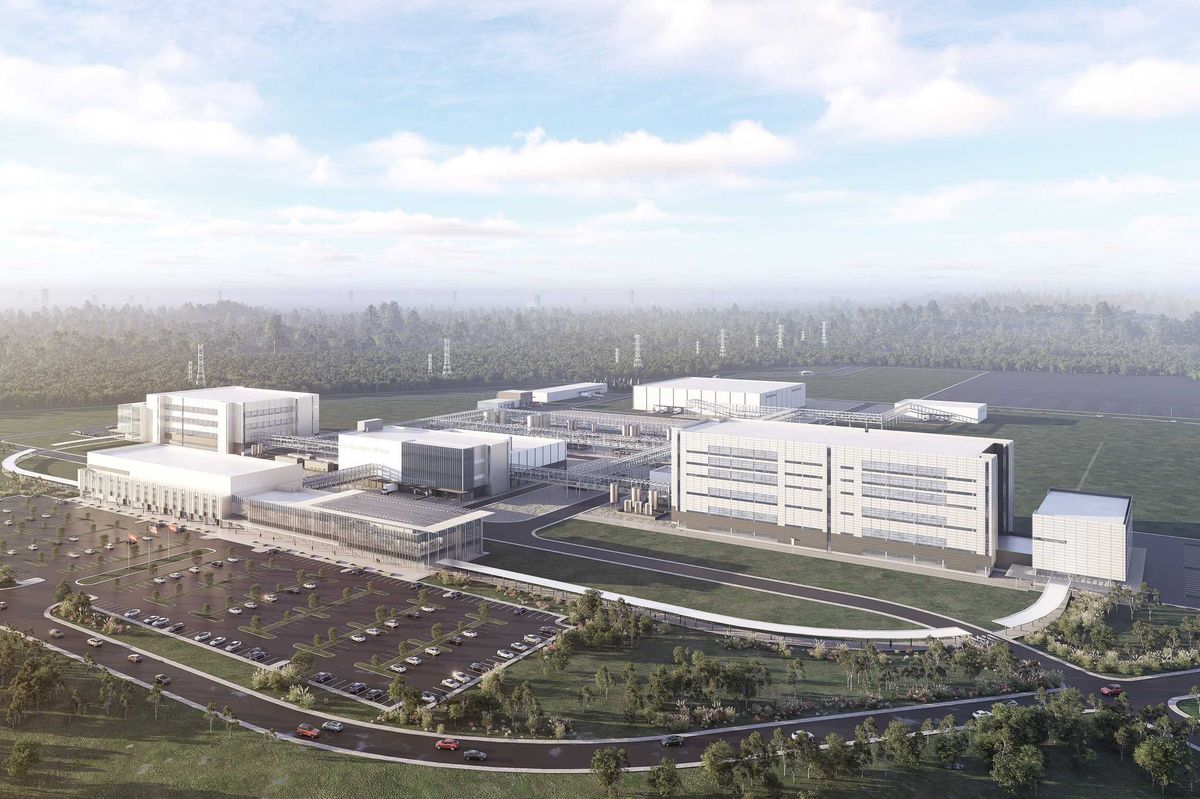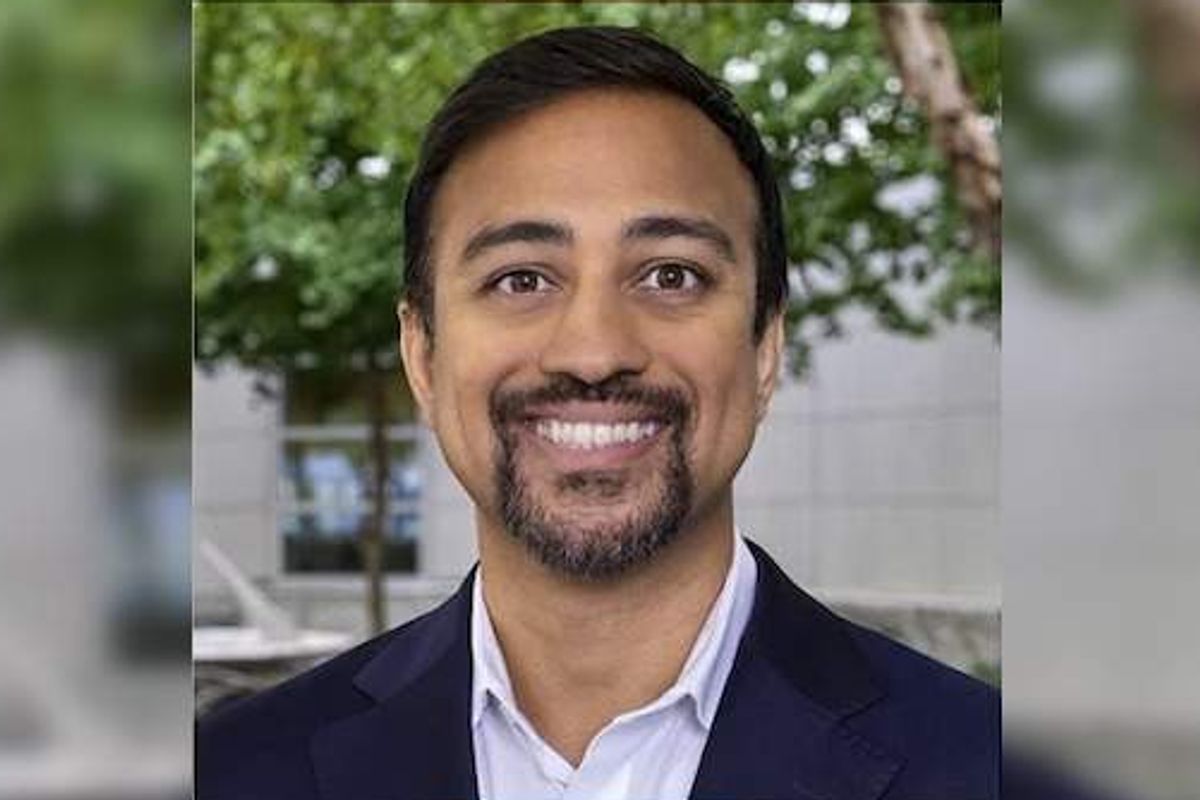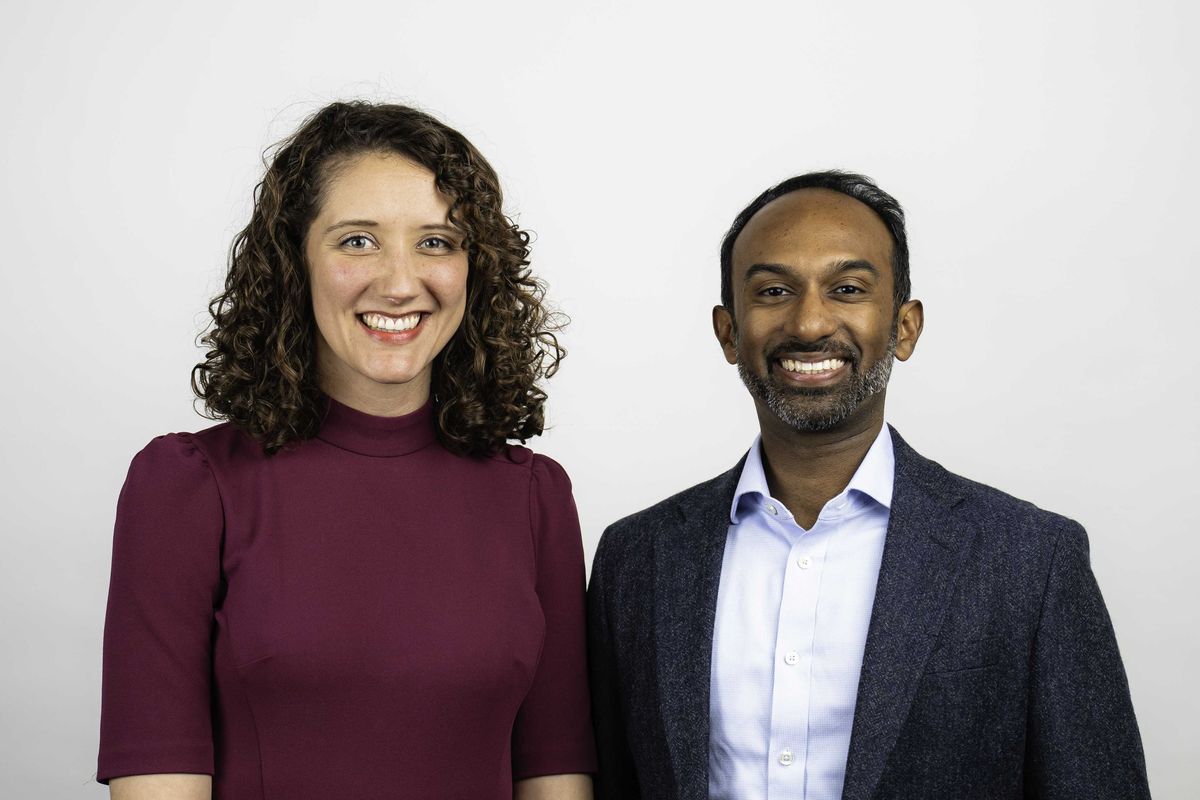Houston startup Collide secures $5M to grow energy-focused AI platform
Fresh Funds
Houston-based Collide, a provider of generative artificial intelligence for the energy sector, has raised $5 million in seed funding led by Houston’s Mercury Fund.
Other investors in the seed round include Bryan Sheffield, founder of Austin-based Parsley Energy, which was acquired by Dallas-based Pioneer Natural Resources in 2021; Billy Quinn, founder and managing partner of Dallas-based private equity firm Pearl Energy Investments; and David Albin, co-founder and former managing partner of Dallas-based private equity firm NGP Capital Partners.
“(Collide) co-founders Collin McLelland and Chuck Yates bring a unique understanding of the oil and gas industry,” Blair Garrou, managing partner at Mercury, said in a news release. “Their backgrounds, combined with Collide’s proprietary knowledge base, create a significant and strategic moat for the platform.”
Collide, founded in 2022, says the funding will enable the company to accelerate the development of its GenAI platform. GenAI creates digital content such as images, videos, text, and music.
Originally launched by Houston media organization Digital Wildcatters as “a professional network and digital community for technical discussions and knowledge sharing,” the company says it will now shift its focus to rolling out its enterprise-level, AI-enabled solution.
Collide explains that its platform gathers and synthesizes data from trusted sources to deliver industry insights for oil and gas professionals. Unlike platforms such as OpenAI, Perplexity, and Microsoft Copilot, Collide’s platform “uniquely accesses a comprehensive, industry-specific knowledge base, including technical papers, internal processes, and a curated Q&A database tailored to energy professionals,” the company said.
Collide says its approximately 6,000 platform users span 122 countries.
---
This story originally appeared on our sister site, EnergyCapitalHTX.com.






















